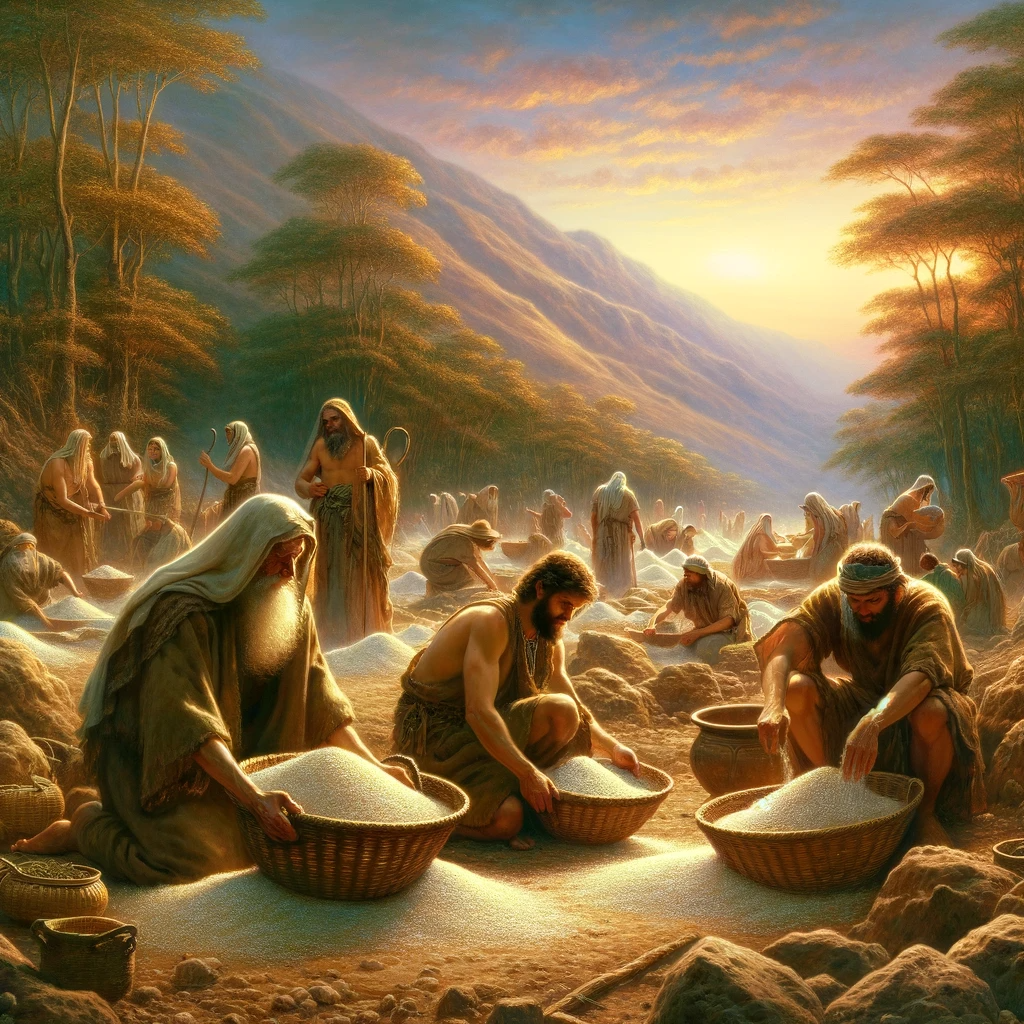We are at the halfway mark of the Omer period. As we count the days until Shavuos, it is worth asking why we call it the counting of the Omer. On the second day of Pesach an offering from the new barley crop was brought in the Beis Hamikdosh. This offering was known as the Omer offering. An Omer is a measurement of volume, and it seems to be an odd name for an offering. Rav Yosef Salant (known as the Be’er Yosef and our own Chazan Subar’s grandfather) explains that the Omer offering reminds us of Hashem’s kindness in providing us with grain every year. Similar to the Bikkurim – the First Fruits, and the Mitzvah of Challah, we give from the first of our crops as a recognition that Hashem has provided us with whatever we have.
The measurement of an Omer is the exact amount of Manna that each person received every day in the desert. It was enough to sustain a person for a day. By referring to the offering as the Omer offering, it reminds us of the Omer of Manna that Hashem provided daily in the desert, and that Hashem provides for all of our sustenance.

It is no coincidence that the last day that the Manna fell after forty years, was the 16th of Nissan, the second day of Pesach. This is the very date that the Omer offering was brought and the day we start counting the days of the Omer. Although we are really counting the days leading up to Shavuos, we call it counting the days of the Omer. For example, for today’s count we say “today is twenty four days, which is three weeks and three days of the Omer”. We mention the Omer as an integral part of the counting in order to remind ourselves of both the Omer offering and the Omer of Manna that Hashem provided. Our counting reminds us that all of our sustenance comes from Hashem.

